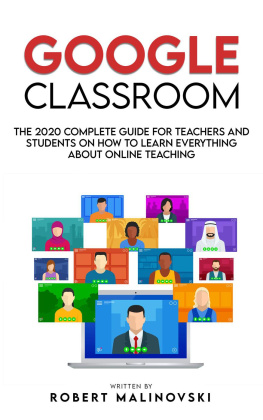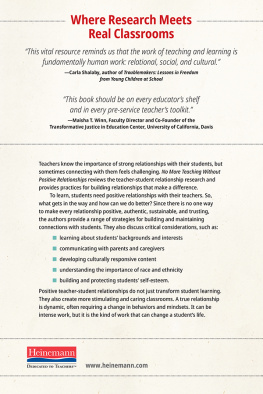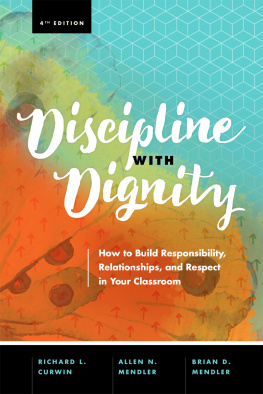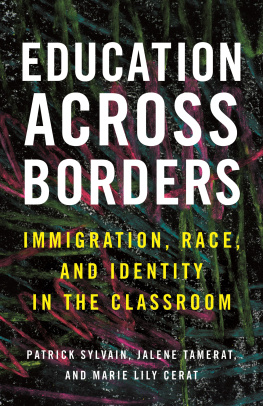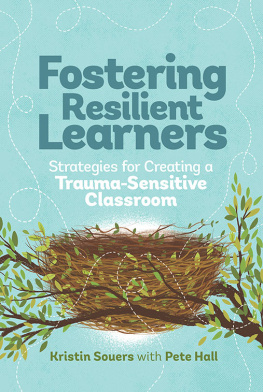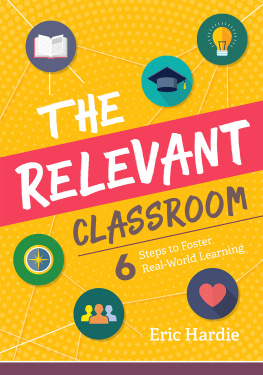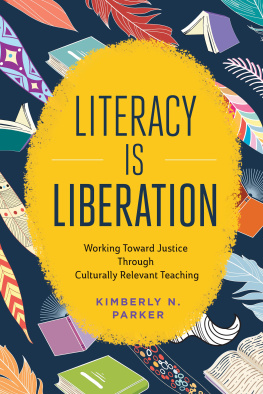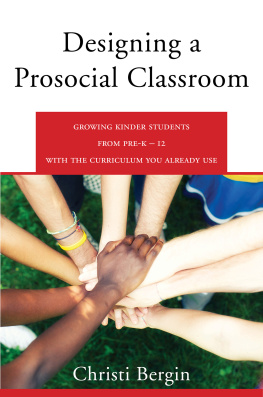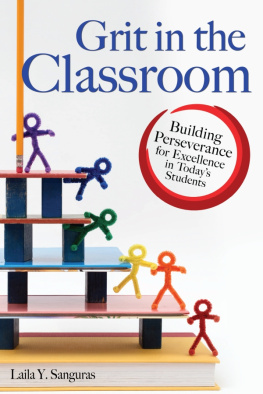Ignacio Lopez - Keeping It Real and Relevant: Building Authentic Relationships in Your Diverse Classroom
Here you can read online Ignacio Lopez - Keeping It Real and Relevant: Building Authentic Relationships in Your Diverse Classroom full text of the book (entire story) in english for free. Download pdf and epub, get meaning, cover and reviews about this ebook. year: 2017, publisher: ASCD, genre: Home and family. Description of the work, (preface) as well as reviews are available. Best literature library LitArk.com created for fans of good reading and offers a wide selection of genres:
Romance novel
Science fiction
Adventure
Detective
Science
History
Home and family
Prose
Art
Politics
Computer
Non-fiction
Religion
Business
Children
Humor
Choose a favorite category and find really read worthwhile books. Enjoy immersion in the world of imagination, feel the emotions of the characters or learn something new for yourself, make an fascinating discovery.
- Book:Keeping It Real and Relevant: Building Authentic Relationships in Your Diverse Classroom
- Author:
- Publisher:ASCD
- Genre:
- Year:2017
- Rating:3 / 5
- Favourites:Add to favourites
- Your mark:
Keeping It Real and Relevant: Building Authentic Relationships in Your Diverse Classroom: summary, description and annotation
We offer to read an annotation, description, summary or preface (depends on what the author of the book "Keeping It Real and Relevant: Building Authentic Relationships in Your Diverse Classroom" wrote himself). If you haven't found the necessary information about the book — write in the comments, we will try to find it.
How can we ensure that all students, regardless of cultural background or socioeconomic status, are granted equitable opportunities to succeed in the classroom and beyond? In Keeping It Real and Relevant: Building Authentic Relationships in Your Diverse Classroom, author and veteran educator Ignacio Lopez offers hard-won lessons that educators at all levels can apply to teaching, assessing, counseling, and designing interventions for learners from all walks of life. These insights are all rooted in the same core principle: building deep and meaningful relationships with students is the key driver of their success.
In addition to examining the pivotal role of relationship-building among teachers and students in preparing the latter to perform at the highest level, this book offers
- Real-life examples of challenging classroom situations, each with a detailed breakdown of how they were peacefully and non-punitively resolved;
- Strategies for designing learning environments suited to the individual needs of students and reflective of their cultural backgrounds;
- Ideas for scaffolding students as they experience and internalize epiphanies about what works and what doesnt, both academically and behaviorally; and
- Activities and reflection questions for use in professional development.
Many teachers find balancing the needs of increasingly diverse classrooms made up of learners from increasingly diverse backgrounds to be a difficult and often thankless taskand one that takes precious time away from instructional planning. Here, Lopezoutlines simple but ingenious steps for addressing these needs holistically, in a way that takes no extra time yet amply enhances the learning experience for students. Clear, practical, and much-needed, Keeping It Real and Relevant is the ultimate blueprint for creating a harmonious and successful classroom for kids of all colors, creeds, and cultures.
Ignacio Lopez: author's other books
Who wrote Keeping It Real and Relevant: Building Authentic Relationships in Your Diverse Classroom? Find out the surname, the name of the author of the book and a list of all author's works by series.


